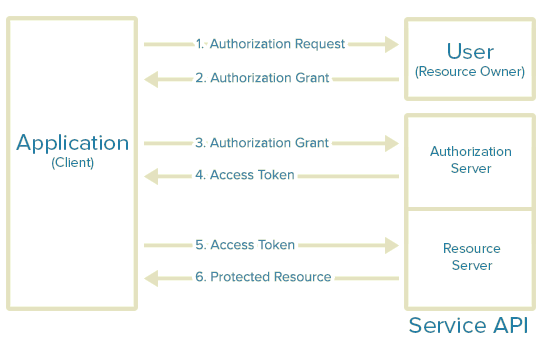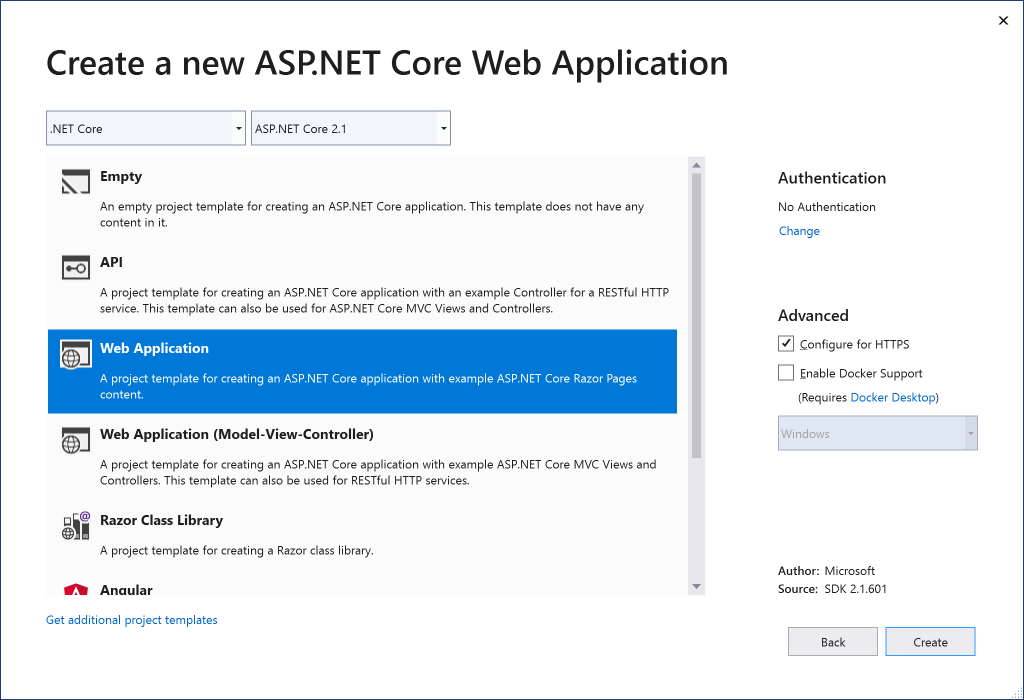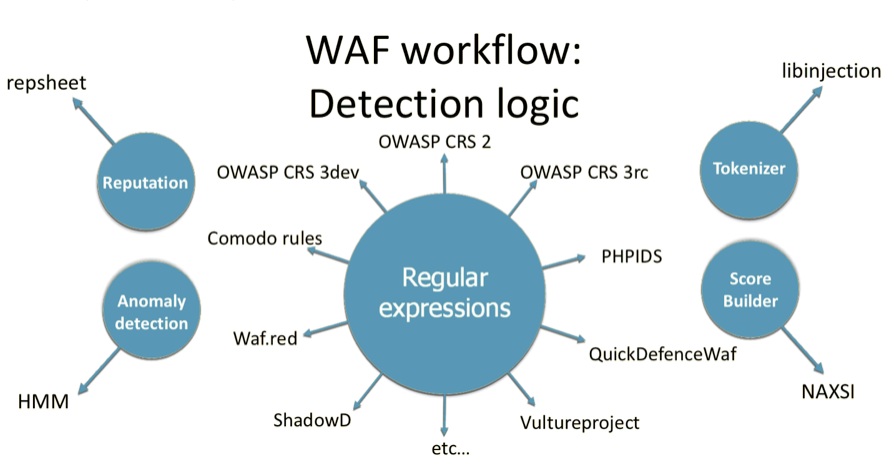Top 10 JavaScript Hack for Optimized Performance
JavaScript has been ruling the tech arena for more than two decades and helping developers simplifying complex tasks. It allows developers to implement complex task web pages in a most simplified manner. For most of the developers minified JavaScript file is the common phenomena while very few developers may be aware of Optimized JavaScript code. While meeting through many Javascript developers, I have come to know that Optimized JavaScript code is something that confuses developers, some of them might be doing it, but they are not aware of this.
What is an Optimized JavaScript Code
When combinations of uniquely programmed logics along with small hacks utilized to enhance performance and speed is known as Optimized JavaScript code. Optimization not only optimizes performance and speed but also saves maximum development time. When you save time, you save some bucks as well.
So, I am here with some useful and fruitful hacks to help developers optimize performance, enhance speed and save time. Hope, you like the article and after going through it, you may utilize the best of Optimized JavaScript code.

















